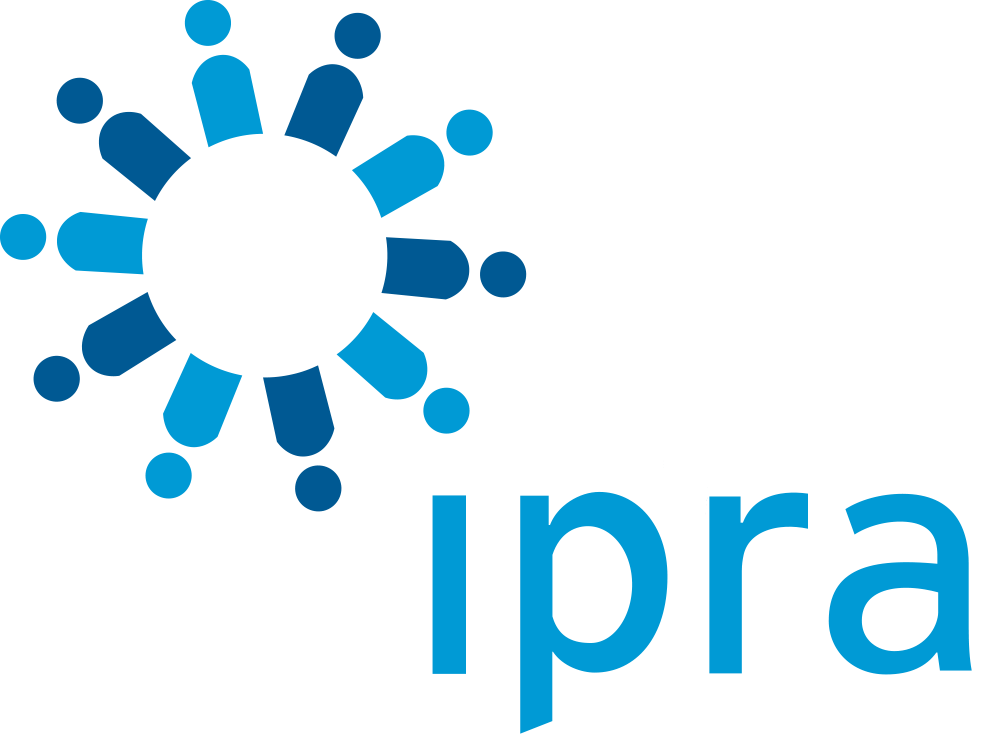ITL #419 Don’t ‘spray and pray’: slow and simple wins on social
3 years, 6 months ago
(Comments)
To make a real impact on social at this time of great behavioural change you’ve got to understand your audience. By Katy Howell.
Bang, bang, bang! You can hear the social posts being bashed out by the hour. From brands to agency, content is produced at speed, en masse. Content calendars fly around stakeholders, everyone hops on national cookie day or #wisdomwednesday in a frenzy of content creation, to keep our social channels alive.
Stop.
And breath.
Do your audiences even care what you post? Or are you feeding into the myth that followers and engagement numbers are justifiable as a value metric? Are you adding to the noise, filling feeds with mediocre content, or dashing after every hashtag or moment?
It’s exhausting. More importantly, at a time when you want your comms to have impact, it is nothing more than a distraction. A fruitless task.
If your aim is to deliver value to your business through social, then you need to slow down.
This last year, with everyone stuck at home, social media activity across the networks, from Facebook to Tik Tok, has risen over 40%. Even the over 65s, who’ve mostly stayed away from social, are now rushing to set up Facebook pages.
Cutting through the noise, even with a large paid budget, is a mammoth task. Grabbing attention requires thumb-stopping content: keeping attention means perfect relevance to the audience.
So, step back and slow down if you want to make a difference
Start by dissecting your audiences. Push beyond demographics and get into the nitty-gritty with psychographics. Understand values, beliefs, attitudes and emotions. Analyse the social data around behaviours, interests and trends.
You absolutely must know your audience. Segment them, build personas and name them. Make them your dearest friends.
If you’ve done this before, do it again. Behaviours are changing a lot right now. Trends are unpredictable. For example, Brandwatch, the social intelligence platform, revealed that in the UK New Year’s resolutions had changed this year. We’ve shifted from promises to give up the booze or to lose weight, to a desire to see more of family, learn and develop and read more.
Be slow but don’t be boring
Armed with the right data, your content now has focus. It’s no longer about a spray and pray of re-hashed comms from another channel, or content created on the fly. It is about careful and considered communications. Less will be more. But the less you do, must be quality.
Highly relevant to each audience segment, your focus is on creating content that delivers an experience. After all, we are all craving more interesting things, now our world is much smaller. You are aiming to entertain, be useful, be informative, be truly engaging.
It means you need to tap into the emotions. Knowing your audience better allows you the freedom to experiment with emotional triggers and drivers. Social is such an intimate form of communication, that it needs the emotional to keep attention and drive action. Boring, irrelevant content will work against you, with audiences regularly muting brands or ignoring you.
Whispers: Trust no one
One of the biggest behavioural changes we’ve all seen is the decline in trust. Trust can be both won or lost on social. But for many businesses, who are unknown or for whom there is no clear brand or purpose, there is no reason for your audience to trust you – in other words, they don’t even think about you.
Part of the issue arises from the surfeit of companies that use social as a last click, performance channel. Click now, buy now, learn more. The race is to the bottom. When in fact smart reach and focused branding will build a strong perception of the business and feed the top of the funnel – resulting in better conversion rates and more audience.
Branding on social plays into another element of your social strategy. As much as we are tempted by the immediacy of acquisition; retention strategies are by the far the best way to ensure steady and continued growth.
Consumers are fickle and unfaithful on social. Unless they get the brand and what it stands for, they are likely to go elsewhere. And that includes your current customers. So, use your social skills to build better, stronger relationships.
Get a personality
Of course, this means having a brand in the first place and more importantly a purpose. Because that is what audiences want. They are looking for ethical businesses that are striving towards sustainability, good practice and diversity.
Brand-led content gives you more freedom to create and tell stories. But only if you’ve translated your branding into personality. Because you need a personality if you are to capture attention on social. The recent Weetabix tweet (Baked beans and Bix – Yuk), demonstrates this perfectly. They have created a brand filled with humour and a genuine voice, that also allows them to be brave with content whilst making it clear that there are many ways to eat their cereal. They communicated the ‘serve’ and created a fan base.
A simple social journey to success
Social is the oil in the engine. It leaks into all your marketing and comms and makes them work so much harder. Someone sees your post on Tik Tok, discusses it on Facebook, searches for it on Google, checks it out in reviews, clicks on an adword, sees a poster, goes straight into the website; and buys. All the while they get signals and touchpoints on social to nudge and nurture them along.
That means you need to make the leap from social to other channels as simple as possible. Obviously, in feed shopping is something the platforms are growing fast. And that works for impulse purchases and small ticket items. When it comes to products and services where the funnel is longer, or more explanation is needed then things change.
Too many companies invest in social and then forget about simplifying the journey. If you advertise a pair of pink shoes, don’t let the link click through go to a home page. In B2B, don’t jump straight to a white paper. Think about how the customer moves from social to other channels and consider their mindset in social and how it might need to change on a website.
In the hectic world of social comms, filled with endless network updates, newly launching formats and a push to create masses of content, I urge you to stop and take stock. Take the time to optimise, consider and stay focused on delivering results. Slow it down and keep it simple. Then you’ll win on social.

The Author
Katy Howell
Katy Howell, CEO, immediate future. Katy pioneered social media marketing, launching her social media agency, immediate future, 16 years ago, just as Facebook made its way onto university campus. Often called in as the UK expert on social by TV, radio and the press, she appears regularly on BBC news, Victoria Derbyshire, and Reuters, as well in The Telegraph, FT and Guardian.
mail the authorvisit the author's website
Forward, Post, Comment | #IpraITL
We are keen for our IPRA Thought Leadership essays to stimulate debate. With that objective in mind, we encourage readers to participate in and facilitate discussion. Please forward essay links to your industry contacts, post them to blogs, websites and social networking sites and above all give us your feedback via forums such as IPRA’s LinkedIn group. A new ITL essay is published on the IPRA website every week. Prospective ITL essay contributors should send a short synopsis to IPRA head of editorial content Rob Gray emailShare on Twitter Share on Facebook


Comments